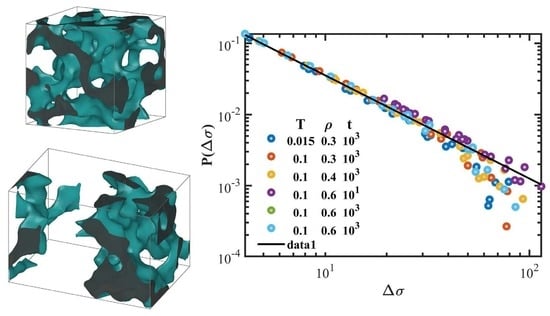Structure and Mechanical Properties of a Porous Polymer Material via Molecular Dynamics Simulations
Abstract
Share and Cite
Volpe, S.C.; Leporini, D.; Puosi, F. Structure and Mechanical Properties of a Porous Polymer Material via Molecular Dynamics Simulations. Polymers 2023, 15, 358. https://doi.org/10.3390/polym15020358
Volpe SC, Leporini D, Puosi F. Structure and Mechanical Properties of a Porous Polymer Material via Molecular Dynamics Simulations. Polymers. 2023; 15(2):358. https://doi.org/10.3390/polym15020358
Chicago/Turabian StyleVolpe, Sharon Carol, Dino Leporini, and Francesco Puosi. 2023. "Structure and Mechanical Properties of a Porous Polymer Material via Molecular Dynamics Simulations" Polymers 15, no. 2: 358. https://doi.org/10.3390/polym15020358
APA StyleVolpe, S. C., Leporini, D., & Puosi, F. (2023). Structure and Mechanical Properties of a Porous Polymer Material via Molecular Dynamics Simulations. Polymers, 15(2), 358. https://doi.org/10.3390/polym15020358







